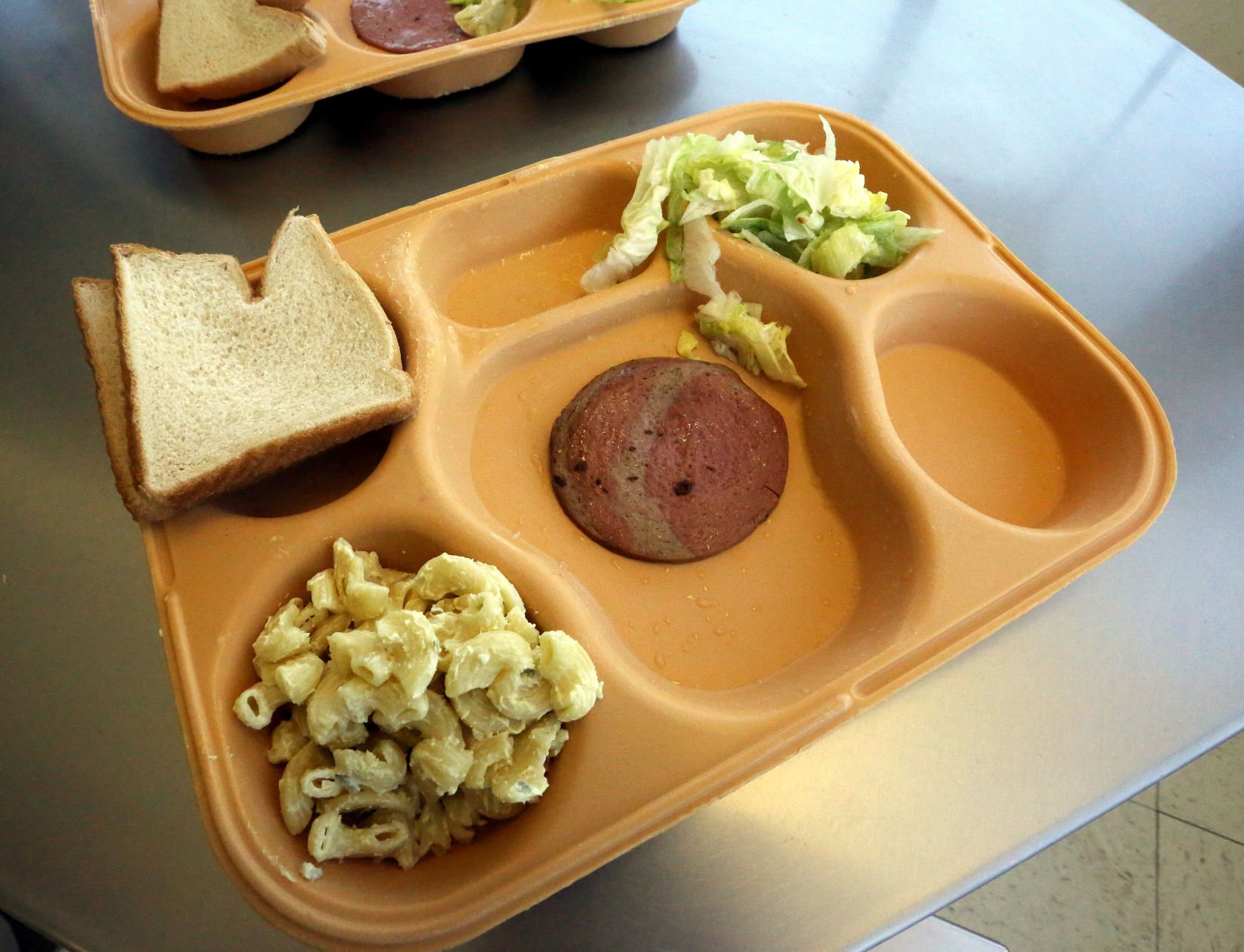

Prison officials in South Carolina and across the country recognize that cellphones, drugs and other contraband are a risk to security. “These folks are fighting over real money,” Stirling said. In a press conference immediately following the riot, state Department of Corrections (DOC) head Bryan Stirling said that the riot was over territory, cellphones and contraband. Seven prisoners were killed and 17 injured during the hours-long melee. Take the April 2018 riot at South Carolina’s Lee Correctional Institution. Sometimes disputes arise between rival gangs, which can lead to bloodshed. In the more violent maximum-security lockups, gangs control the movement of most contraband items. Inside a prison, control of the drug and cellphone trade is serious business. Both items are valuable on the prison market, with cellphones going for upwards of $1,000 a pop, according to an NBC News report. The two largest contraband problems facing prison authorities today are synthetic marijuana, also known as K2, and cellphones. Fast food, heroin, marijuana-you name it, and it’s been smuggled into a prison. From the smallest county jails to state prisons holding thousands of prisoners, the nation’s correctional system is overrun with illegal goods of every variety. 98–473 substituted provisions relating to providing or possessing contraband in prison, grading of offenses and definitions of “firearm” and “destructive device” for former provisions relating to traffic in contraband articles.Share: Share on Twitter Share on Facebook Share on G+ Share with emailĪmerica’s jails and prisons have a serious contraband problem. “(c) Definitions.-As used in this section, ‘firearm’ and ‘destructive device’ have the meaning given those terms, respectively, in 18 U.S.C. “(4) imprisonment for not more than six months, a fine of not more than $1,000, or both, if the object is any other object. “(3) imprisonment for not more than one year, a fine of not more than $5,000, or both, if the object is anything set forth in paragraph (1)(D) or (1)(E) and “(2) imprisonment for not more than five years, a fine of not more than $10,000, or both, if the object is anything set forth in paragraph (1)(B) or (1)(C) “(1) imprisonment for not more than ten years, a fine of not more than $25,000, or both, if the object is anything set forth in paragraph (1)(A) “(b) Grading.-An offense described in this section is punishable by. “(2) being an inmate of a Federal penal or correctional facility, he makes, possesses, procures, or otherwise provides himself with, or attempts to make, possess, procure, or otherwise provide himself with, anything described in paragraph (1). “(D) a controlled substance, other than a narcotic drug, as defined in section 102 of the Controlled Substances Act ( 21 U.S.C. “(C) a narcotic drug as defined in section 102 of the Controlled Substances Act ( 21 U.S.C. “(B) any other weapon or object that may be used as a weapon or as a means of facilitating escape “(1) he provides, or attempts to provide, to an inmate of a Federal penal or correctional facility. “(a) Offense.-A person commits an offense if, in violation of a statute, or a regulation, rule, or order issued pursuant thereto. Prior to amendment, section read as follows: 103–322, § 90101(4), inserted “methamphetamine, its salts, isomers, and salts of its isomers,” after “narcotic drug,”. 103–322, § 90101(3), inserted “marijuana or a controlled substance in schedule III, other than a controlled substance referred to in subparagraph (C) of this subsection,” before “ammunition,”. 103–322, § 90101(2), inserted before semicolon at end “or a controlled substance in schedule I or II, other than marijuana or a controlled substance referred to in subparagraph (C) of this subsection”.

103–322, § 90101(1), inserted at beginning “Any punishment imposed under subsection (b) for a violation of this section involving a controlled substance shall be consecutive to any other sentence imposed by any court for an offense involving such a controlled substance.” (b) identically, substituting “(d)” for “(c)” wherever appearing in pars. 109–162 inserted “or any prison, institution, or facility in which persons are held in custody by direction of or pursuant to a contract or agreement with the Attorney General” after “penal facility”.ġ996-Subsec.


 0 kommentar(er)
0 kommentar(er)
